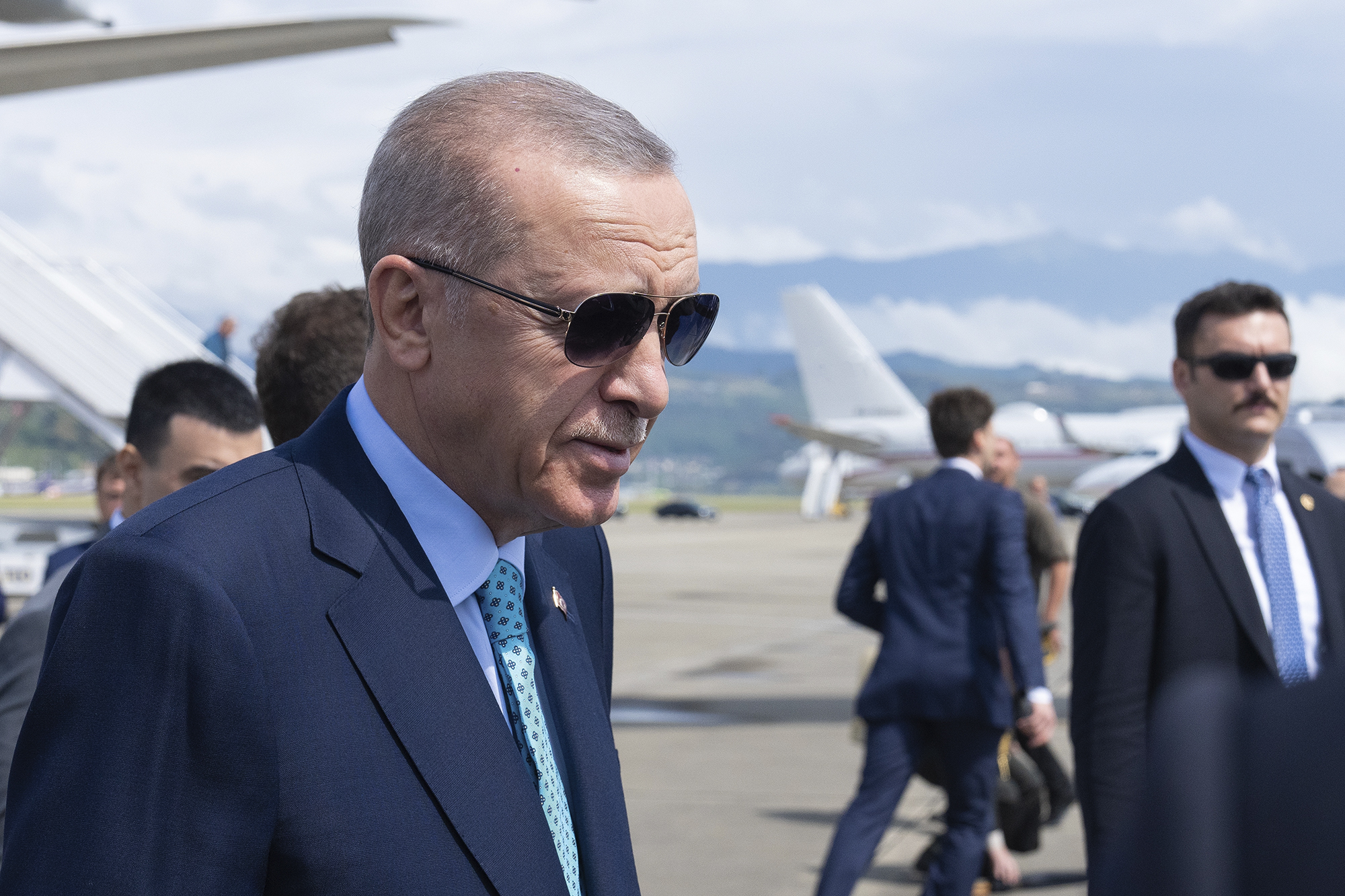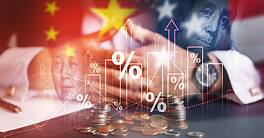Recep Tayyip Erdogan’s unpredictability is one of the few things both his supporters and critics agree on. Over two decades as prime minister and president, he has often made abrupt, consequential decisions with little warning.
Still, the March 19 arrest of Istanbul mayor Ekrem Imamoglu—widely seen as Erdogan’s chief rival and the opposition CHP’s likely candidate in the 2028 presidential race—shocked even seasoned observers. The charges, widely viewed as politically motivated, triggered mass protests, arrests, a media crackdown, and a ban on public gatherings.
The investor fallout was swift. “Billions fled Turkey on the news, and once again investors have learnt to fear the unexpected from Ankara,” said Charlie Robertson, emerging markets analyst at FIM Partners. Within days, Turkey’s stock market plunged, the lira tumbled, and by March 24 the Central Bank of Turkey (CBT) had burned through $26 billion trying to stabilize the currency.
Many were left wondering whether the crisis would derail the anti-inflation strategy being carefully pursued by Finance Minister Mehmet Simsek, Vice President Cevdet Yilmaz, and the CBT, which had successfully restored international confidence after the erratic policies before 2023. Financial officials have tried to steady nerves, saying policies would remain unchanged.
Muhammet Mercan of ING Bank says it’s important to keep things in perspective. He notes that the CBT responded to the volatility with a comprehensive strategy, including initiating lira-settled FX forward sales to address FX demand, raising the ON lending rate to 46%, suspending one-week repo auctions and issuing liquidity bills with maturities of up to 91 days.
“The Lira was the most attractive carry trade opportunity in emerging markets, leading to significant long positions by foreign investors, which were largely unwound. Nonetheless gross reserves of $171 billion as of March 14 remain sufficiently robust,” he says, arguing that the CBT possesses the tools to maintain FX stability.
Mercan is forecasting 2025 inflation of 28.4% and growth of 3.2%, but admits the recent volatility—compounded by the challenges added by US President Trump’s economic policies—“has increased the downside risks to the growth outlook.”




